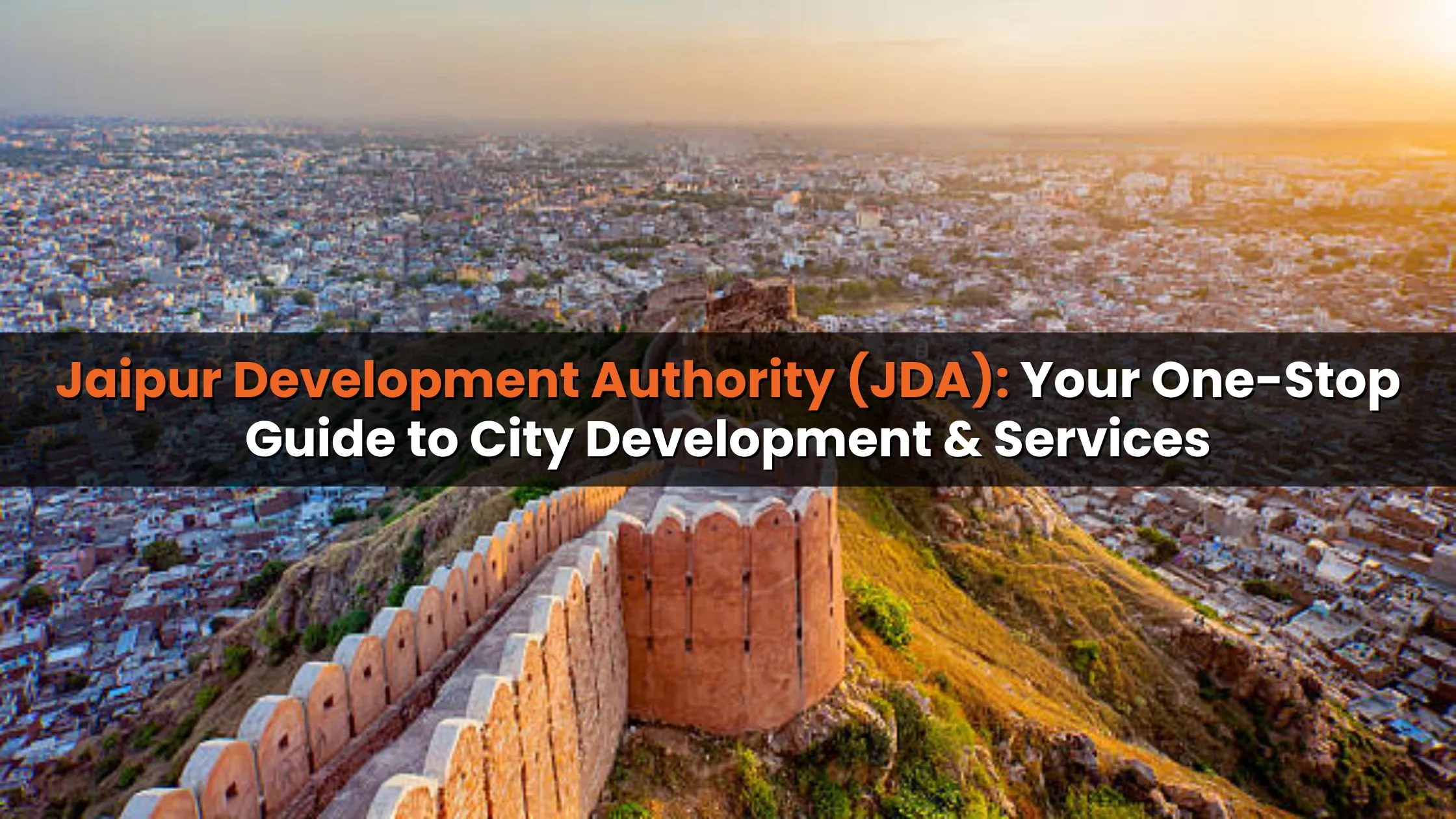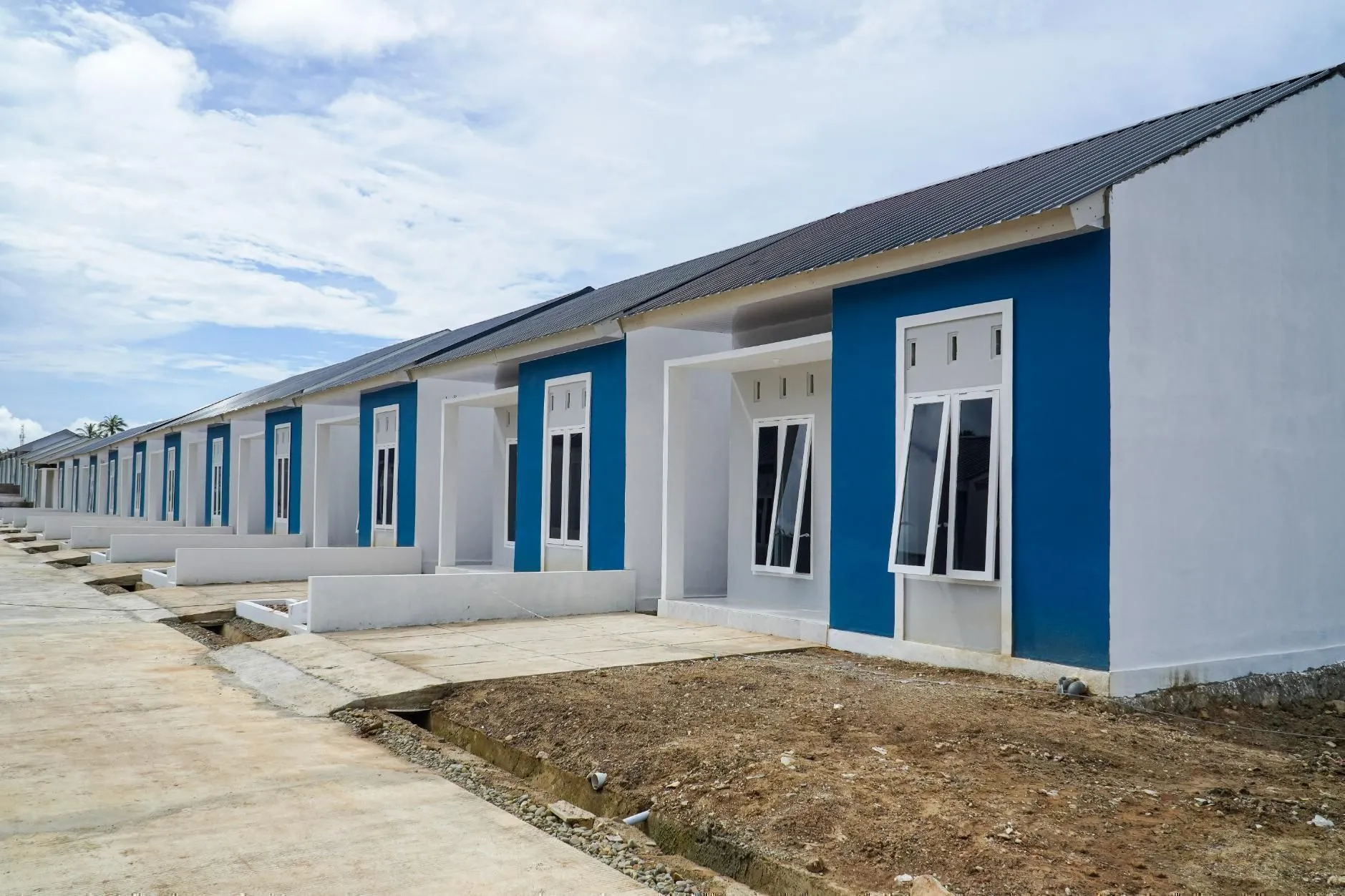Table of Content
- 1. Understanding the Affordable Housing Challenge
- 2. Government Initiatives for Affordable Housing
- 3. Innovative Housing Projects
- 4. Financial Solutions for Affordable Housing
- 5. Policy Reforms for Affordable Housing
- 6. Case Studies of Successful Affordable Housing Projects
- 7. The Role of Technology in Affordable Housing
- 8. The Future of Affordable Housing in India
- Conclusion
In India, the issue of affordable housing has become a pressing concern as the population continues to grow, urbanization accelerates, and the demand for housing outpaces supply. Low- and middle-income families are particularly affected, as they often struggle to find homes within their budget. This article investigates innovative housing projects and policies aimed at making housing more affordable for these families. We will explore various initiatives, models, and solutions that are shaping the future of housing in India.
1. Understanding the Affordable Housing Challenge
1.1 The Growing Demand for Housing
India’s population is expected to reach 1.6 billion by 2030, leading to an increased demand for housing. Rapid urbanization has driven millions to cities in search of better opportunities, but this influx has resulted in a significant housing shortage.
1.2 Income Disparities
Low- and middle-income families often find it challenging to afford housing due to their limited income. According to the Ministry of Housing and Urban Affairs, about 18 million housing units are needed in urban areas to meet the current demand.
1.3 The Need for Affordable Housing
Affordable housing is defined as housing that is reasonably priced for individuals earning a certain percentage of the median income in a particular area. In India, the government aims to provide housing for all by 2022, but achieving this goal requires innovative solutions.
2. Government Initiatives for Affordable Housing
2.1 Pradhan Mantri Awas Yojana (PMAY)
The Pradhan Mantri Awas Yojana is a flagship program launched by the Indian government to provide affordable housing for the urban poor. It aims to build 20 million affordable housing units by 2022.
Key Features of PMAY
|
Feature |
Description |
|
Target Beneficiaries |
Economically Weaker Sections (EWS), Low Income Groups (LIG), and Middle Income Groups (MIG) |
|
Subsidy Benefits |
Interest subsidy on home loans, up to ₹2.67 lakh |
|
Types of Housing |
Individual houses, apartments, and group housing schemes |
|
Completion Timeline |
Housing units must be completed within 12 months |
2.2 Housing for All by 2022
This initiative focuses on providing housing to the homeless and those living in inadequate housing conditions. It aims to ensure that everyone has access to basic facilities and housing.
2.3 Smart Cities Mission
The Smart Cities Mission aims to promote sustainable and inclusive cities that provide basic services to residents. Affordable housing is a key component of this mission.
3. Innovative Housing Projects
3.1 Prefabricated Housing
Prefabricated housing involves manufacturing building components off-site and assembling them on-site. This approach reduces construction time and costs.
Benefits of Prefabricated Housing
|
Benefit |
Description |
|
Cost-Effective |
Lower labor costs and reduced construction waste |
|
Quick Construction |
Homes can be built in a fraction of the time |
|
Customizable Designs |
Flexibility to design homes according to needs |
Example: The Karnataka Housing Board has implemented prefabricated housing projects to meet the growing demand for affordable housing in urban areas.
3.2 3D Printed Homes
3D printing technology is emerging as a revolutionary method for constructing homes. It allows for quick and cost-effective building processes.
Advantages of 3D Printed Homes
|
Advantage |
Description |
|
Reduced Construction Time |
Homes can be built in as little as 48 hours |
|
Lower Costs |
Significant reduction in labor and material costs |
|
Sustainability |
Uses eco-friendly materials and generates less waste |
3.3 Community Housing Initiatives
Community housing projects involve local communities in the planning and construction of their homes, ensuring that the housing meets their needs.
Features of Community Housing
|
Feature |
Description |
|
Local Participation |
Involves residents in decision-making processes |
|
Cost Sharing |
Reduces individual financial burdens |
|
Sustainable Practices |
Emphasis on environmentally friendly construction |
Example: The Housing Development and Infrastructure Ltd. (HDIL) has implemented community-driven housing initiatives in Mumbai, allowing residents to participate in the development process.
4. Financial Solutions for Affordable Housing
4.1 Home Loan Subsidy Schemes
Various home loan subsidy schemes have been introduced to assist low- and middle-income families in purchasing homes.
Also Read: DDA Sasta Ghar Housing Scheme: Everything You Need to Know
Features of Home Loan Subsidy Schemes
|
Feature |
Description |
|
Interest Subsidy |
Up to ₹2.67 lakh on home loans for eligible beneficiaries |
|
Loan Tenure |
Flexible loan tenures of up to 20 years |
|
Eligibility Criteria |
Based on income levels and housing requirements |
4.2 Affordable Housing Funds
The government has established dedicated funds to support affordable housing initiatives. These funds are used to provide financial assistance to developers who construct affordable housing units.
4.3 Microfinance Options
Microfinance institutions (MFIs) provide small loans to low-income families, enabling them to finance their housing needs. These loans typically have lower interest rates and flexible repayment terms.
5. Policy Reforms for Affordable Housing
5.1 Streamlining Regulatory Frameworks
Simplifying the regulatory framework for housing construction can help reduce bureaucratic delays and promote faster project approvals.
5.2 Land Reforms
Implementing land reforms can help make land more accessible and affordable for housing projects. This can include measures like land pooling and easing land acquisition processes.
5.3 Public-Private Partnerships (PPPs)
Encouraging collaboration between the government and private developers can facilitate the construction of affordable housing projects.
Also Read: Top 10 Affordable Housing Projects in Sohna, Gurgaon
Benefits of PPPs
|
Benefit |
Description |
|
Resource Sharing |
Combines government support with private sector efficiency |
|
Risk Mitigation |
Spreads the risks associated with large projects |
|
Faster Project Execution |
Leverages private sector expertise for quicker delivery |
6. Case Studies of Successful Affordable Housing Projects
6.1 Dhanush Housing Project, Tamil Nadu
The Dhanush Housing Project in Tamil Nadu provides low-cost housing solutions for families earning less than ₹25,000 per month. The project utilizes innovative construction techniques to reduce costs.
6.2 EWS Housing in Delhi
The Economically Weaker Sections (EWS) housing scheme in Delhi has successfully constructed thousands of affordable housing units for low-income families, incorporating essential amenities.
7. The Role of Technology in Affordable Housing
7.1 Digital Platforms for Home Buying
Digital platforms are revolutionizing the home-buying process by providing transparency and accessibility to potential buyers.
7.2 Smart Housing Solutions
Smart housing solutions, such as energy-efficient systems and automated homes, can reduce living costs for families.
8. The Future of Affordable Housing in India
8.1 Increasing Public Awareness
As more people become aware of affordable housing initiatives, demand for these solutions will continue to grow.
8.2 Sustainable Development Goals
The push for affordable housing aligns with the United Nations' Sustainable Development Goals (SDGs), emphasizing the need for inclusive and sustainable urbanization.
8.3 Collaboration and Innovation
The future of affordable housing in India will rely on collaboration between government, private developers, and communities. Innovative solutions will play a critical role in addressing the housing crisis.
Conclusion
Affordable housing is a fundamental right, and India faces a significant challenge in meeting the housing needs of its low- and middle-income families. Through innovative projects, government initiatives, and community involvement, there is hope for a future where everyone can access safe and affordable housing. By focusing on collaboration, technology, and sustainable practices, India can pave the way for a brighter housing future.






_1768201460.webp)





Ans 1. Affordable housing refers to housing that is reasonably priced for individuals earning a certain percentage of the median income in a particular area.
Ans 2. The Pradhan Mantri Awas Yojana (PMAY), Housing for All by 2022, and the Smart Cities Mission are key government initiatives aimed at providing affordable housing.
Ans 3. Technology can streamline the construction process, enhance home-buying transparency, and promote energy-efficient homes.
Ans 4. Community housing initiatives encourage local participation, cost-sharing, and sustainable practices in housing development.
Ans 5. Home loan subsidies are available through various government schemes. Eligibility typically depends on income levels and housing requirements.